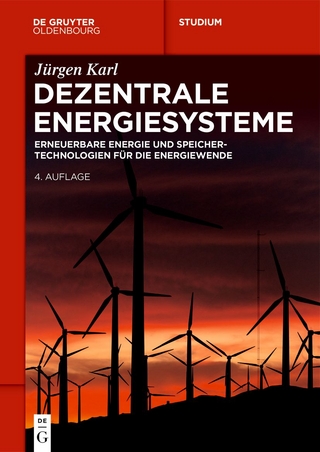
Crystal Engineering
Morgan & Claypool Publishers (Verlag)
978-1-68174-624-1 (ISBN)
There are more than 20 million chemicals in the literature, with new materials being synthesized each week. Most of these molecules are stable, and the 3-dimensional arrangement of the atoms in the molecules, in the various solids may be determined by routine x-ray crystallography. When this is done, it is found that this vast range of molecules, with varying sizes and shapes can be accommodated by only a handful of solid structures. This limited number of architectures for the packing of molecules of all shapes and sizes, to maximize attractive intermolecular forces and minimizing repulsive intermolecular forces, allows us to develop simple models of what holds the molecules together in the solid. In this volume we look at the origin of the molecular architecture of crystals; a topic that is becoming increasingly important and is often termed, crystal engineering. Such studies are a means of predicting crystal structures, and of designing crystals with particular properties by manipulating the structure and interaction of large molecules. That is, creating new crystal architectures with desired physical characteristics in which the molecules pack together in particular architectures; a subject of particular interest to the pharmaceutical industry.
Jeffrey Huw Williams was born in Swansea, Wales, on 13 April 1956, and gained a PhD in chemical physics from Cambridge University in 1981. Subsequently, his career as a research scientist was in the physical sciences. First, as a research scientist in the universities of Cambridge, Oxford, Harvard and Illinois, and subsequently as an experimental physicist at the Institute Laue-Langevin, Grenoble, which still remains one of the world's leading centres for research involving neutrons; particularly, neutron scattering. During this research career, he published more than sixty technical papers and invited review articles in the peer-reviewed literature. However, after much thought he left research in 1992 and moved to the world of science publishing and the communication of science by becoming the European editor for the physical sciences for the AAAS's Science. Subsequently, he was Assistant Executive Secretary of the International Union of Pure and Applied Chemistry; the agency responsible for the world-wide advancement of chemistry through international collaboration. Most recently, 2003-2008, he was the head of publications at the Bureau international des poids et mesures (BIPM), Sevres. The BIPM is charged by the Metre Convention of 1875 with ensuring world wide uniformity of measurements, and their traceability to the International System of Units (SI). It was during these years at the BIPM that he became interested in, and familiar with the origin of the Metric System, its subsequent evolution into the SI, and the coming transformation into the Quantum-SI. Since retiring, he has devoted himself to writing; in 2014, he published Defining and Measuring Nature: The Make of all Things in the IOP Concise Physics series. This publication outlined the coming changes to the definitions of several of the base units of the SI, and the evolution of the SI into the Quantum-SI. In 2015, he published Order from Force: A Natural History of the Vacuum in the IOP Concise Physics series. This title looks at intermolecular forces, but also explores how ordered structures, whether they are galaxies or crystalline solids, arise via the application of a force. Then in 2016, he published Quantifying Measurement: The Tyranny of Number, again the IOP Concise Physics series. This title is intended to explain the concepts essential in an understanding of the origins of measurement uncertainty. No matter how well an experiment is done, there is always an uncertainty associated with the final result something that is often forgotten.
Preface
Introduction: Crystal Engineering
Acknowledgement
Author Biography
1. Holding Things Together
2. Intermolecular Electrostatics
3. The Classification of Crystals
4. Non-bonded Solids
5. Ionic Materials
6. Materials with Mixed Bonding
7. Covalent Solids
8. Methane and Other Non-aromatic Hydrocarbons: Ethane, Ethylene and Acetylene
9. Giant Covalent Structures: Diamond and Graphite
10. Structural Elements in Covalent Crystals
11. Solids Formed from Aromatic Molecules
12. Supra-molecular Chemistry
13. Final Thoughts
| Erscheinungsdatum | 14.06.2018 |
|---|---|
| Reihe/Serie | IOP Concise Physics |
| Verlagsort | San Rafael |
| Sprache | englisch |
| Maße | 178 x 254 mm |
| Gewicht | 525 g |
| Themenwelt | Naturwissenschaften ► Chemie ► Technische Chemie |
| Naturwissenschaften ► Geowissenschaften ► Mineralogie / Paläontologie | |
| Technik | |
| ISBN-10 | 1-68174-624-7 / 1681746247 |
| ISBN-13 | 978-1-68174-624-1 / 9781681746241 |
| Zustand | Neuware |
| Haben Sie eine Frage zum Produkt? |
aus dem Bereich


